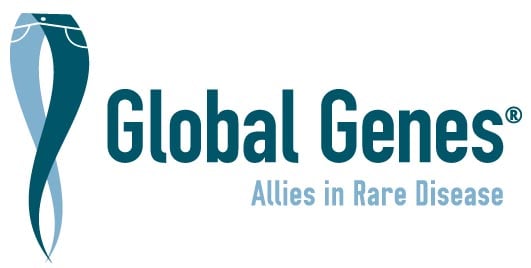Neurofaciodigitorenal syndrome
Synonyms: Freire Maia-Pinheiro-Opitz syndrome
Neurofaciodigitorenal syndrome is a rare multiple developmental anomalies syndrome characterized by neurological abnormalities (including megalencephaly hypotonia intellectual disability abnormal EEG) dysmorphic facial features (high prominent forehead grooved nasal tip ptosis ear anomalies) and acrorenal defects (such as triphalangism broad halluces unilateral renal agenesis). Additionally intrauterine growth restriction short stature and congenital heart defects may be associated. There have been no further descriptions in the literature since 1997.
Data from Orphanet are used to provide information on a disease's name, synonym(s), and overview.
Reference: Access aggregated data from Orphanet at Orphadata.
Orphadata: Free access data from Orphanet. © INSERM 1999. Available on http://www.orphadata.org. Data version May 2024
Newly diagnosed with
Neurofaciodigitorenal syndrome?
Our RARE Concierge Services Guides are available to assist you by providing information, resources and connections as you navigate your rare disease journey.
Advocacy Organizations
COMBINEDBrain Inc
COMBINEDBrain is a consortium for outcome measures and biomarkers for neurodevelopmental disorders. We are collaborating to cure rare, non-verbal brain disorders.
DDX3X Foundation
Our mission is to connect families, resources, and the medical community to advance research for a treatment or cure to DDX3X Syndrome. Our ultimate goal is to accelerate brain function in individuals affected by DDX3X Syndrome through advances in cell and gene therapy and pharmaceuticals.
Help Hope Live
Help Hope Live assists individuals living with catastrophic injuries and illnesses to fundraise toward their medical expenses and related costs.
Moonshots for Unicorns
Curing single-gene disorders
Project CASK
To fund research for treatment and/or a cure for CASK Gene Disorder
Syndromes Without A Name (SWAN) Australia
Provide information, support and advocacy to families caring for a child with an undiagnosed or rare genetic condition.
Clinical Trials
For a list of clinical trials in this disease area, please click here.
